1. Customer Demographics Analysis
AI-driven computer vision systems can identify key demographic details of in-store shoppers in real time. By analyzing live video feeds, these systems estimate attributes like age group, gender, and even general mood or sentiment. Retailers use this anonymized demographic data to tailor store experiences—for example, adjusting digital signage content or product placements to match the predominant shopper profile at a given time. This leads to more targeted marketing and merchandising strategies that resonate with the current audience in the store. Over time, demographic analysis helps businesses better understand their customer base and refine their offerings to meet shopper preferences without intruding on individual privacy.
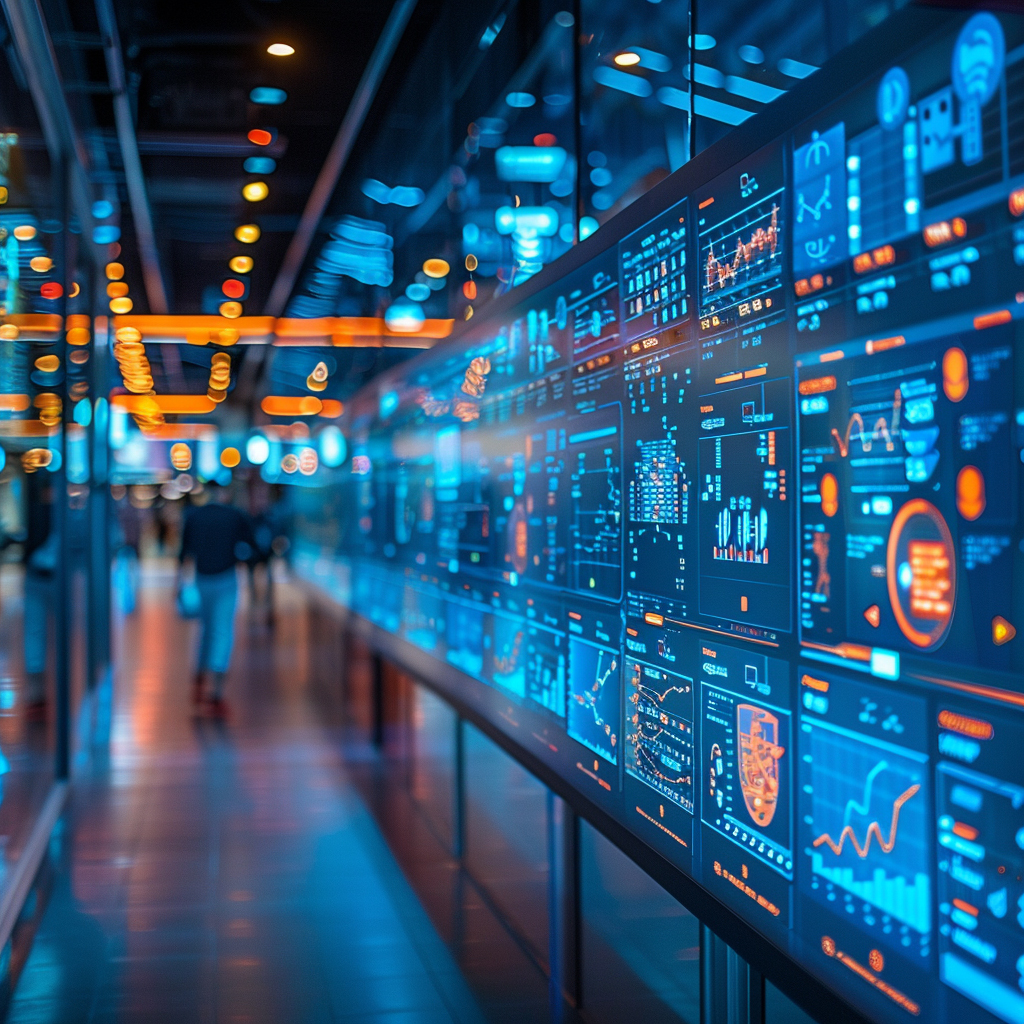
As of 2023, approximately 79% of retail and consumer goods companies report actively implementing or experimenting with AI technologies (such as computer vision analytics), reflecting how widespread these data-driven tools have become in retail.
2. Inventory Management
AI is transforming retail inventory management through continuous shelf monitoring and automated stock control. Computer vision cameras deployed in stores keep watch on product displays and shelf stock levels in real time. When an item is running low or a shelf is empty, the AI system can instantly alert staff or even trigger automatic reordering, reducing the chance of out-of-stock situations. This level of automation not only saves employee labor on manual inventory checks but also ensures that customers find products available when they need them. By maintaining optimal inventory levels and quickly identifying gaps, retailers can improve shelf availability, streamline the restocking process, and ultimately increase sales and customer satisfaction.
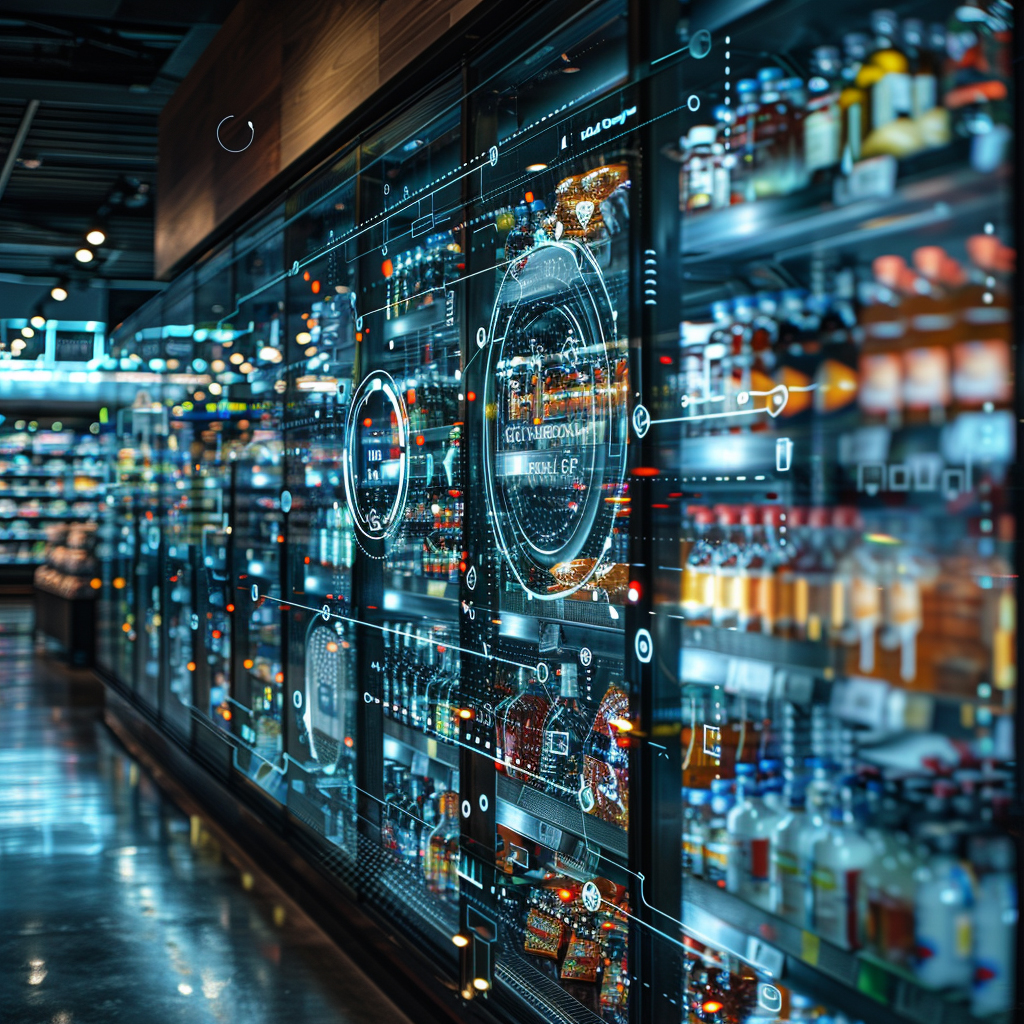
Retailers adopting AI-based inventory management systems have reported roughly a 30% reduction in stockouts (out-of-stock events) thanks to real-time monitoring and demand forecasting improvements.
3. Theft Prevention
Advanced computer vision is being used in retail security to detect theft and reduce losses. AI-powered surveillance cameras can recognize unusual patterns in shopper behavior—such as loitering in low-visibility areas, concealing items, or other motions typical of shoplifting. When the AI flags a suspicious activity, it sends an instant alert to security personnel or store managers, enabling a quick response on the floor. This real-time vigilance acts as a force multiplier for loss prevention teams, who can’t be everywhere at once. Over time, the system “learns” from incidents and improves its accuracy in differentiating benign behaviors from actual threats. By deterring theft and catching incidents early, retailers can lower shrinkage (loss of inventory) and provide a safer environment for honest shoppers and employees.
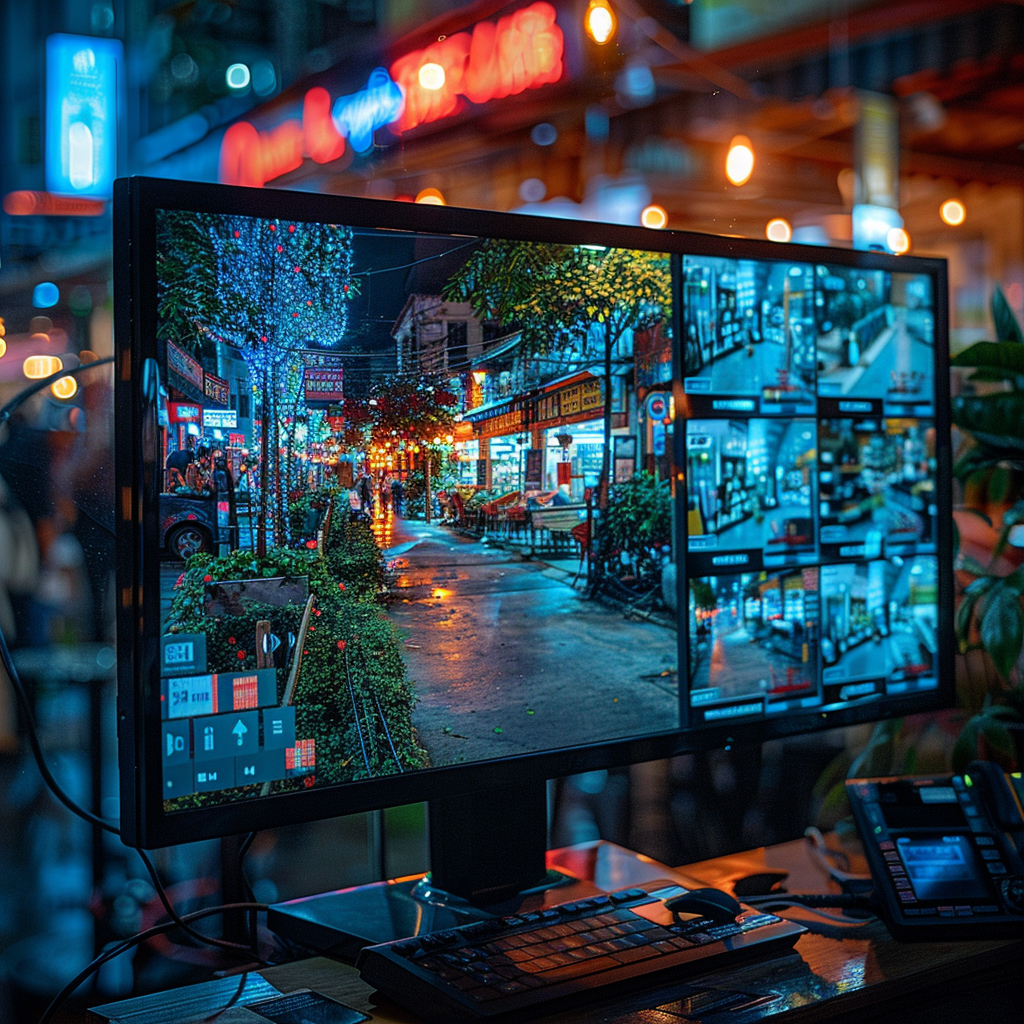
In a 2025 survey of large U.S. retailers, 60% reported using AI-driven video analytics to prevent theft and shrinkage, reflecting how prevalent this technology has become in loss prevention strategies.
4. Personalized Shopping Experiences
AI enables brick-and-mortar retailers to personalize the shopping journey in real time, much like e-commerce sites do online. By using computer vision to track a customer’s path and the products they interact with, stores can generate tailored recommendations or offers. For example, if a shopper lingers in the athletic wear section, the system might send a relevant coupon to their phone or prompt a nearby digital display with targeted content. These personalized suggestions are informed by AI analysis of in-store behavior combined with other data (like loyalty program history), all processed instantly. The result is a more engaging and relevant experience: customers feel understood, and retailers benefit from increased conversion as shoppers discover items that match their interests. AI-driven personalization in stores thus bridges the gap between online and offline retail, aiming to boost satisfaction and sales through relevance.
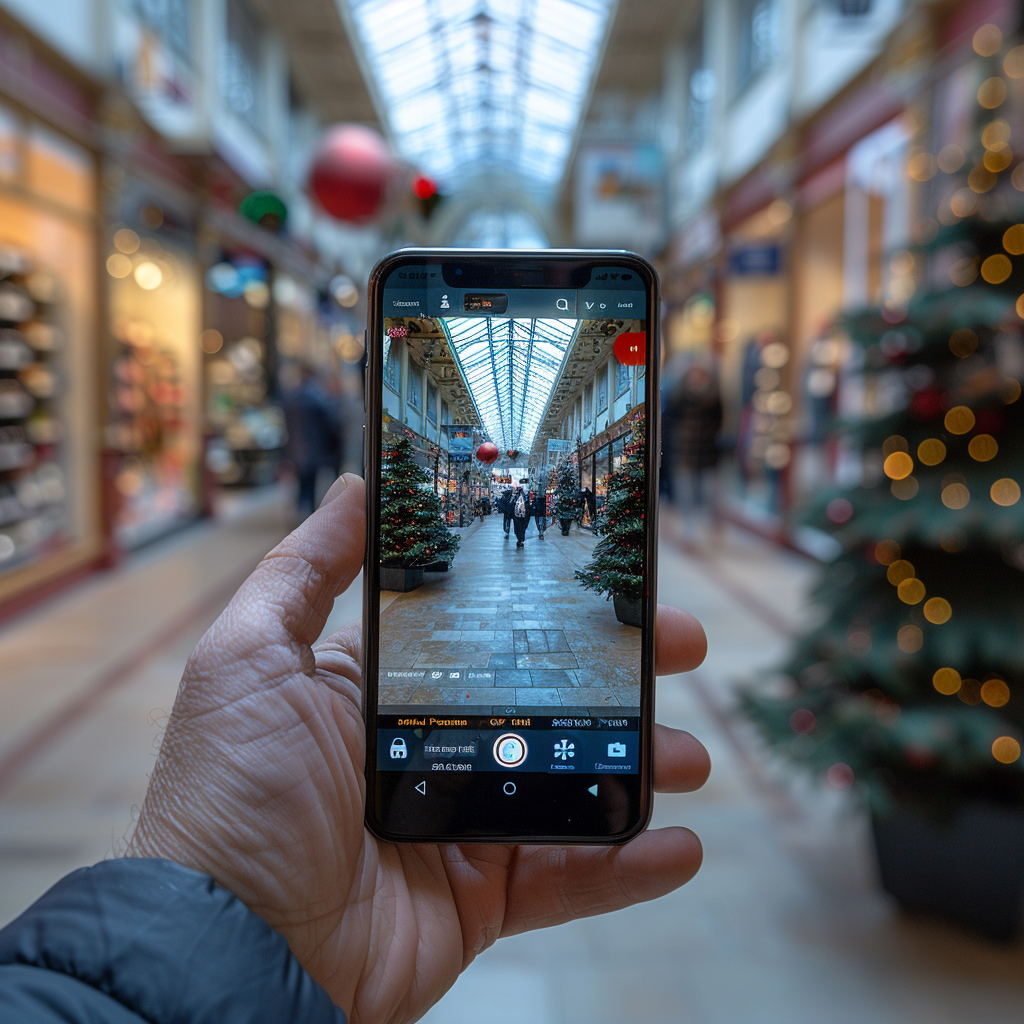
Retailers leveraging AI for advanced in-store personalization have seen significant sales lifts—for instance, analyses show about a 40% higher average order value and 30% greater conversion rates when using AI-driven personalized recommendations versus generic merchandising.
5. Checkout and Payment Automation
AI-based computer vision is at the heart of “grab-and-go” retail models that eliminate traditional checkout lanes. In these setups (pioneered by stores like Amazon Go), a network of cameras and sensors tracks each item a customer picks up in the store. Computer vision algorithms identify the products and associate them with the shopper (often via an app or entry gate scan), automatically compiling a virtual shopping cart. When the customer is done shopping, they can simply walk out of the store with their items—payment is frictionlessly processed via their account, without waiting in line or scanning items at a register. This technology provides a faster, cashier-less checkout experience, reducing wait times and potentially freeing up staff to focus on customer service. Retailers benefit from detailed data on shopping behavior and can serve more customers per hour by removing the checkout bottleneck, though they must manage the substantial tech investment and ensure accuracy of these systems.
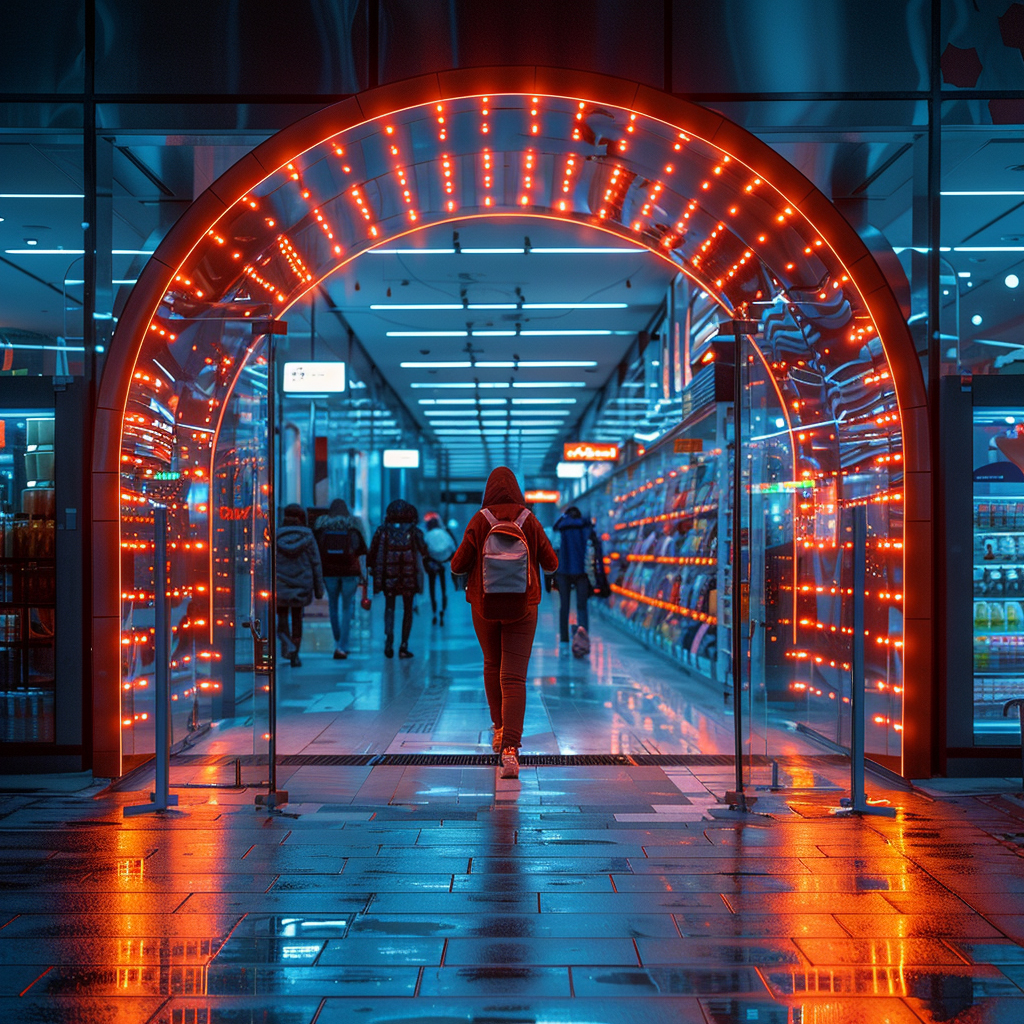
The adoption of AI-powered autonomous checkout stores has grown rapidly – globally, an estimated 7,000+ stores were using cashier-less computer vision checkout by 2023, and that number is projected to reach about 10,000 stores in 2024 as retailers large and small pilot these systems.
6. Store Traffic Analysis
AI is improving how retailers analyze store traffic patterns to optimize operations. Using overhead cameras or sensors, computer vision can count people and track movement paths throughout a store. The AI aggregates this data to show when and where customers tend to walk, pause, or congregate. Retailers then interpret these insights to make data-driven decisions: for example, adjusting staffing during peak foot-traffic hours or reconfiguring store layouts to ease congestion in busy aisles. Traffic analysis also helps in evaluating in-store marketing—if an end-cap display isn’t drawing expected attention, managers will see that in the traffic heatmaps and can try a new approach. Over time, understanding these patterns means stores can be laid out and run in a way that aligns better with natural customer behavior, leading to a smoother shopping experience and potentially higher sales conversion (as shoppers find what they need with less friction).
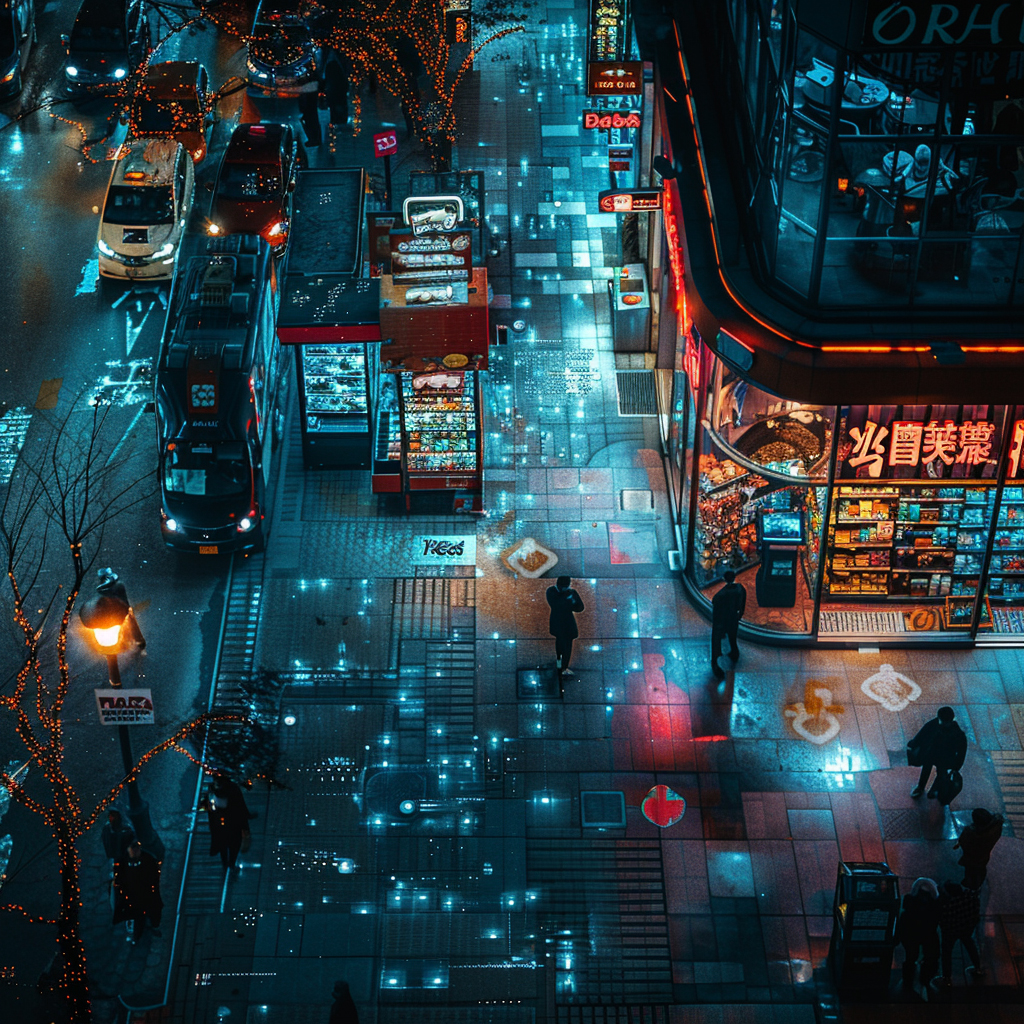
Recent industry data indicates that about 42% of retailers are utilizing in-store shopper movement and behavior data (via cameras or sensors) to inform layout and merchandising decisions, underscoring growing adoption of AI traffic analytics in stores.
7. Heatmap Analysis
Heatmap analysis is a specific application of computer vision where AI aggregates customer movement and dwell-time data to produce a visual “map” of activity hotspots in a store. These heatmaps use color intensity to show where shoppers spend the most time (red for high-traffic, blue for low-traffic, for example). By reviewing heatmaps, retailers can quickly identify which areas and displays attract the most attention and which sections are under-visited. This informs strategic adjustments: high-margin or promotional products can be placed in the busiest areas to maximize visibility, and low-engagement zones can be redesigned or relocated to improve flow. AI-generated heatmaps update over time, so stores can measure the impact of any changes (seeing, for instance, if a new layout causes previously “cool” zones to heat up with more traffic). In essence, this technique turns raw surveillance data into intuitive visuals that help optimize store layouts, product placement, and even marketing signage based on real customer behavior, rather than intuition alone.
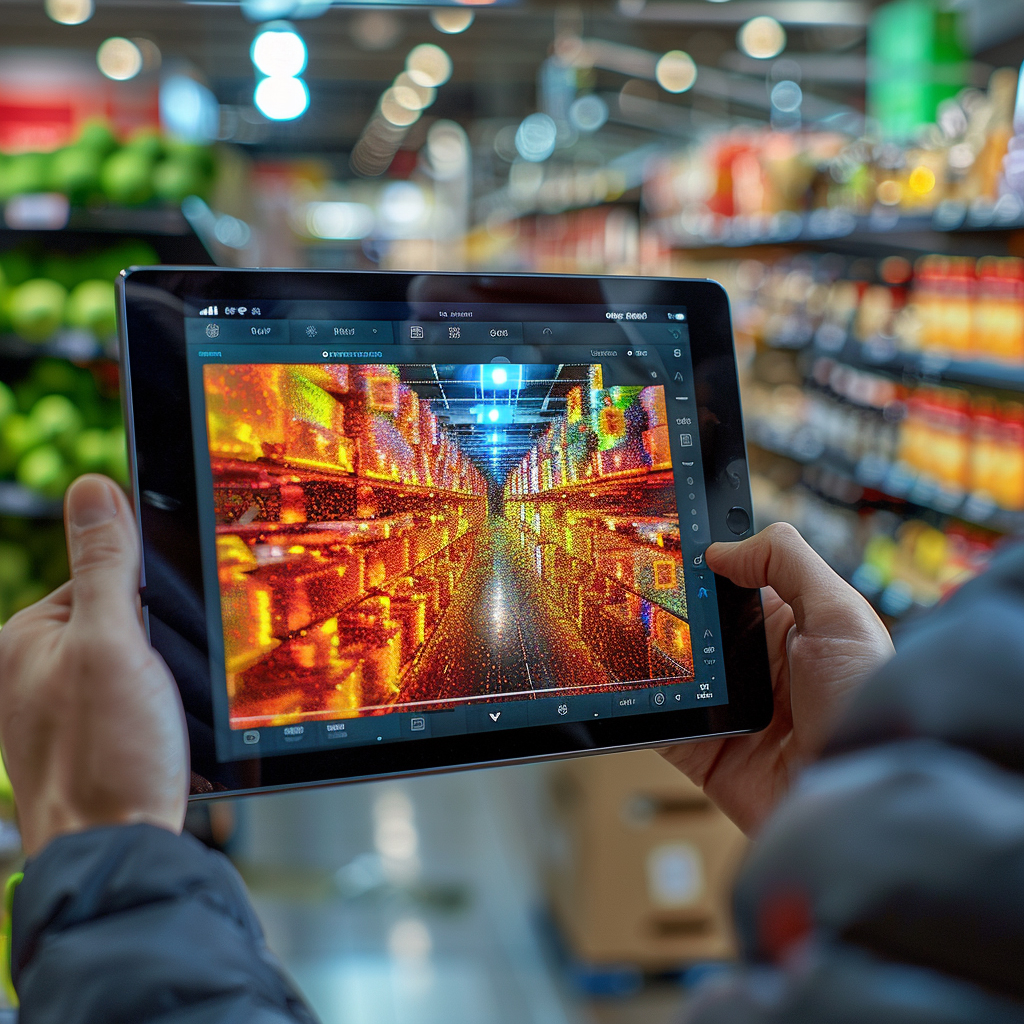
Studies have found that using AI-driven layout and heatmap insights can directly benefit sales – effective store layout optimization based on traffic data can yield roughly a 10–15% increase in retail sales, highlighting the value of data-informed floor planning.
8. Facial Recognition for VIP Customers
Some retailers are deploying facial recognition technology to enhance service for known customers, such as VIPs or loyalty program members (where regulations allow). In this use case, cameras at the store entrance use AI to match incoming customers’ faces against an encrypted database of consenting VIP shoppers. When a match is found (for example, a high-tier loyalty member or a frequent big spender), the system can alert store staff or trigger a personalized welcome message on a display. This means the customer might be greeted by name or offered tailored promotions as they shop, creating a high-touch experience. The goal is to increase customer loyalty and spending by making valued customers feel recognized and appreciated. However, retailers must balance this with privacy concerns and ensure they have clear customer consent and robust data security. When done appropriately, AI facial recognition for VIPs can make the in-store experience feel exclusive and customized for top customers, similar to how a small shopkeeper would know a regular by face.
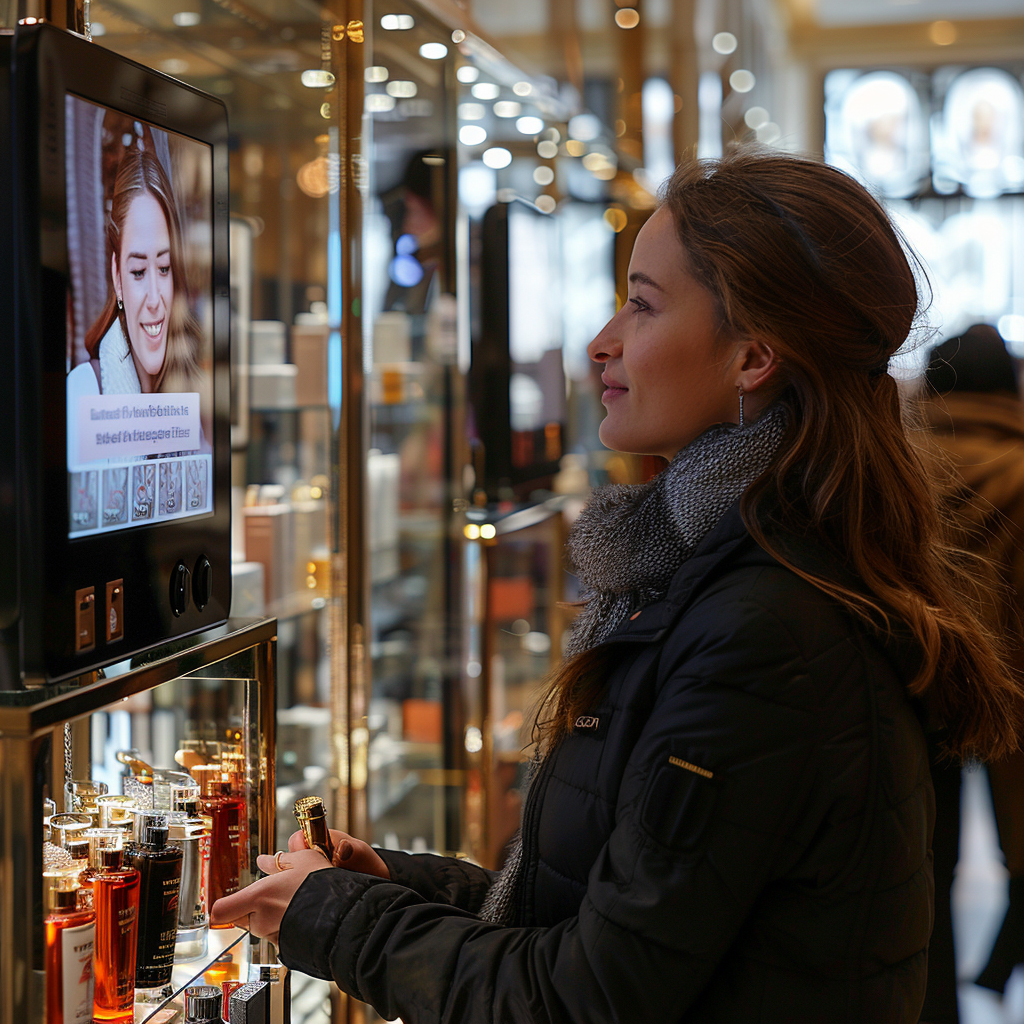
Consumer openness to such technology appears to be high – a recent U.S. survey reported over 80% of Americans are willing to engage with businesses that use facial recognition technology, suggesting that many shoppers are receptive to AI-based recognition if it leads to convenience or benefits.
9. Safety Compliance Monitoring
AI-powered computer vision is also applied to uphold safety and compliance standards within retail stores and warehouses. Cameras equipped with AI can automatically watch for violations or hazards—for instance, detecting if an emergency exit is blocked, if a spill has occurred on the floor, or if an employee in a stockroom is missing required protective gear (like a hard hat or safety vest). Upon spotting an issue, the system will immediately send an alert to management or over loudspeakers so that corrective action can be taken before an accident happens or a regulation is breached. This constant monitoring helps retailers maintain a safe environment for both customers and staff without relying solely on human supervisors to catch every issue. Over time, AI safety systems can reduce incidents like slip-and-fall injuries or OSHA violations by ensuring problems are caught early. The result is not only better compliance with health and safety rules but also potentially lower accident-related costs for the business and a safer shopping experience for customers.
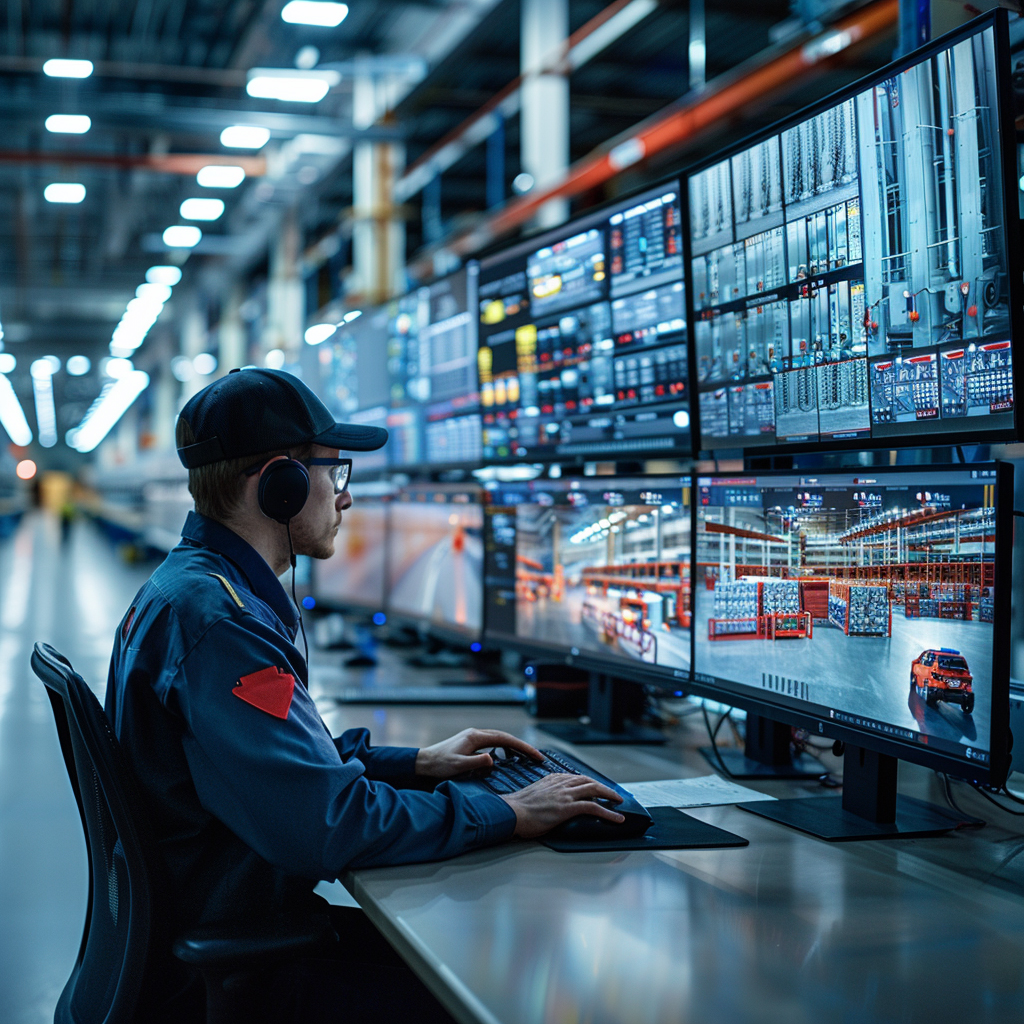
Safety incidents carry a huge financial toll on retailers; for example, slip, trip, and fall accidents cost U.S. businesses over $11 billion per year in direct costs, which is roughly 20% of all workplace injury expenses – a key reason companies are investing in AI to help identify and prevent such hazards.
10. Product Interaction Tracking
AI computer vision can even drill down to track how customers interact with specific products on the shelves. Cameras placed in aisles, sometimes combined with smart shelf sensors, monitor which products shoppers pick up, examine, or put back. By analyzing these interactions, retailers gain insight into customer interest beyond just final sales. For instance, if many people pick up a new gadget but then return it to the shelf, that could indicate the product is drawing attention but perhaps its price or features aren’t convincing enough to purchase – a signal for the retailer to possibly adjust pricing, placement, or marketing for that item. This kind of analysis helps measure the “engagement” level of products: which items prompt touch and consideration. Retailers can compare interaction data with sales data to calculate conversion rates (e.g. how often handling an item leads to a buy) and identify products that are underperforming or over-performing relative to interest. Overall, AI-based product interaction tracking provides a nuanced understanding of shopper preferences and decision-making in-store, enabling data-driven merchandising strategies to optimize product assortments and displays.
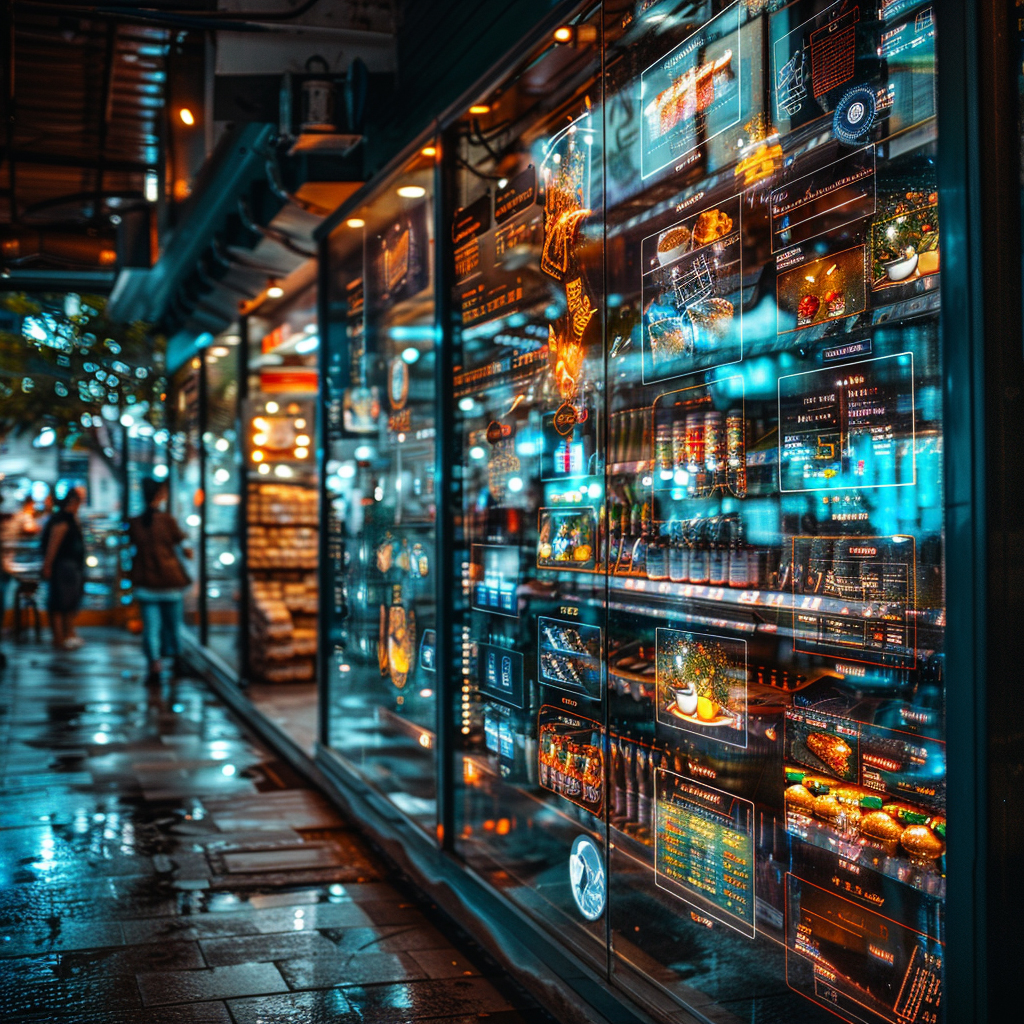
The rise of such in-store analytics is evident in market trends – the global in-store analytics market (which includes systems for tracking shopper interactions) was valued at around $4.2 billion in 2023 and is projected to grow at over 20% annually for the rest of the decade, reflecting retailers’ increasing investment in these insight-generating tools.